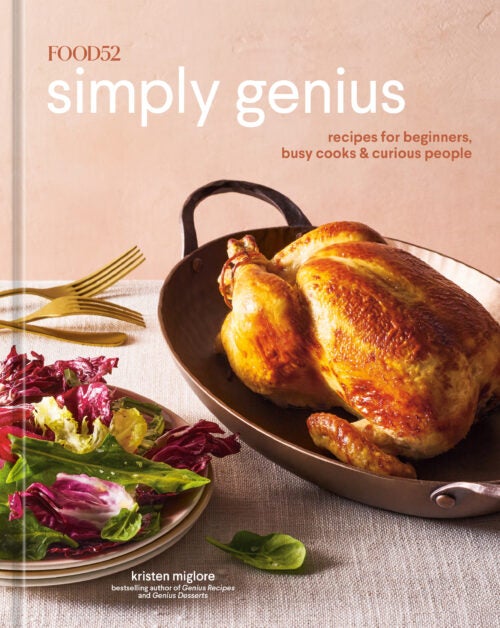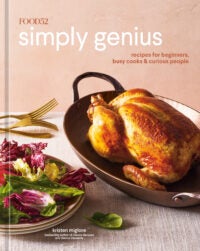




Some chefs insist that you have to scramble eggs low and slow—as in, 15 minutes of slow, patient stirring—unless you like eggs as dry as a loofah. They are wrong, and we can all get on with our mornings.
Mandy Lee, author of The Art of Escapism Cooking, has sped up the beautifully soft, custardy scrambled egg to just 15 seconds. Usually, cooking eggs this fast and hot would make their delicate protein network seize up and squeeze out moisture if you cooked them just a few moments too long. But Mandy adds a little starch, which gets in the way of those protein connections, keeping even (oops!) slightly overcooked eggs tender and buttery. Her ratios are perfect but flexible—with a little practice, you can eyeball it all.
Even if you skimp on the butter, the starch will have dramatic effects. I do recommend going all in, though. You won’t even need to butter your toast.
1 servings (but doubles well)
- Whisk the starch & eggs: In a medium bowl, whisk together the milk and starch until it’s smooth and lump-free. Crack in your eggs, add a pinch or two of salt (I like about 1/8 teaspoon fine sea salt for every 2 eggs, and you’ll quickly figure out what you like), and whisk until smooth. Set a plate by the stove—these eggs move fast.
- Heat your pan: Heat a medium nonstick skillet over medium-high heat, until it feels quite warm when you hover your palm over the pan. To check if it’s ready, flick a drop of water in with your fingers—it should sizzle.
- Start cooking (on the heat): Add the butter to the hot skillet. When the butter is melted and bubbly, but before it browns, scrape in the eggs with a silicone spatula. Without stirring, wait for the edges of the eggs to start to bubble up, about 3 seconds.
- Scramble (off the heat): Now, slide the skillet off the heat to a cool burner and start scraping the spatula around the bottom and sides of the pan, making one full circle per second for about 12 seconds, until the eggs have absorbed the butter but still look a little wetter and looser than you want them to be. (If you use a smaller skillet or more eggs, it will need more time—feel free to move it back to the heat if needed.)
- Eat: Slide the eggs onto the plate now—they’ll finish cooking in the residual heat. (If you wait until they look just right, they’ll get firmer and drier on the plate but still taste pretty good thanks to the starch buffer.) Eat right away.
- Great with: A sprinkle of chives and black pepper, a toasted English muffin, and a cup of strong tea.
- Scaling and swapping: To scale up or down, this works out to 1 1/2 teaspoons milk, 3/4 teaspoon starch, and 1 tablespoon butter per egg. For the creamiest eggs, Mandy prefers potato or tapioca starch, which gel at a lower temperature. But if cornstarch is all you can find, it will still be delicious.

